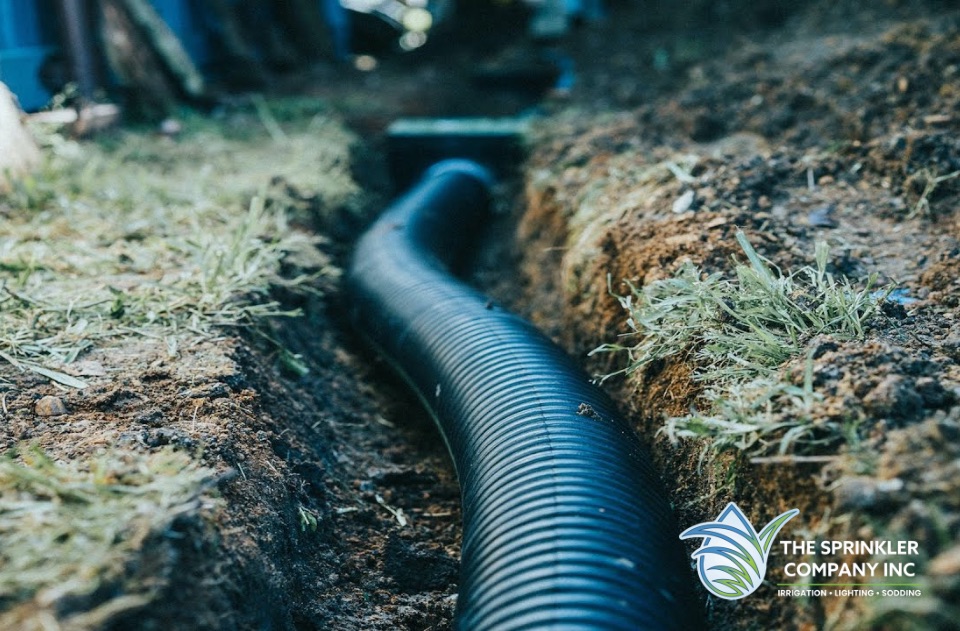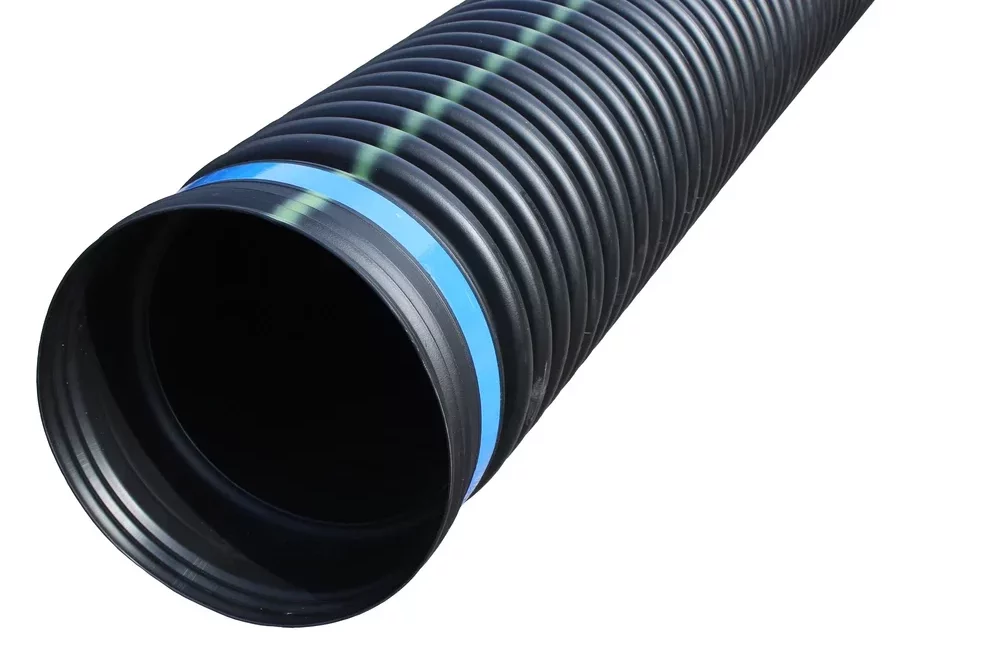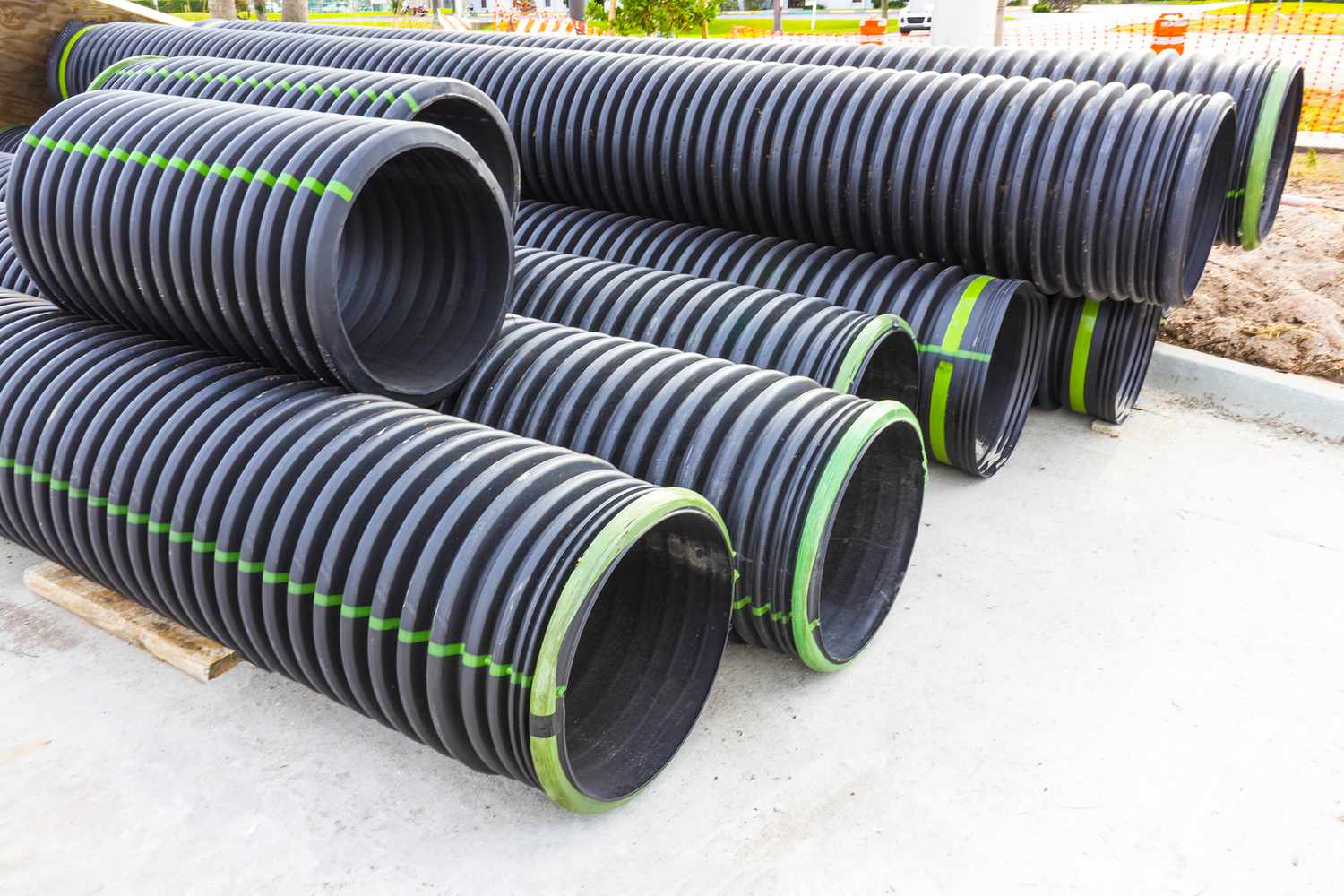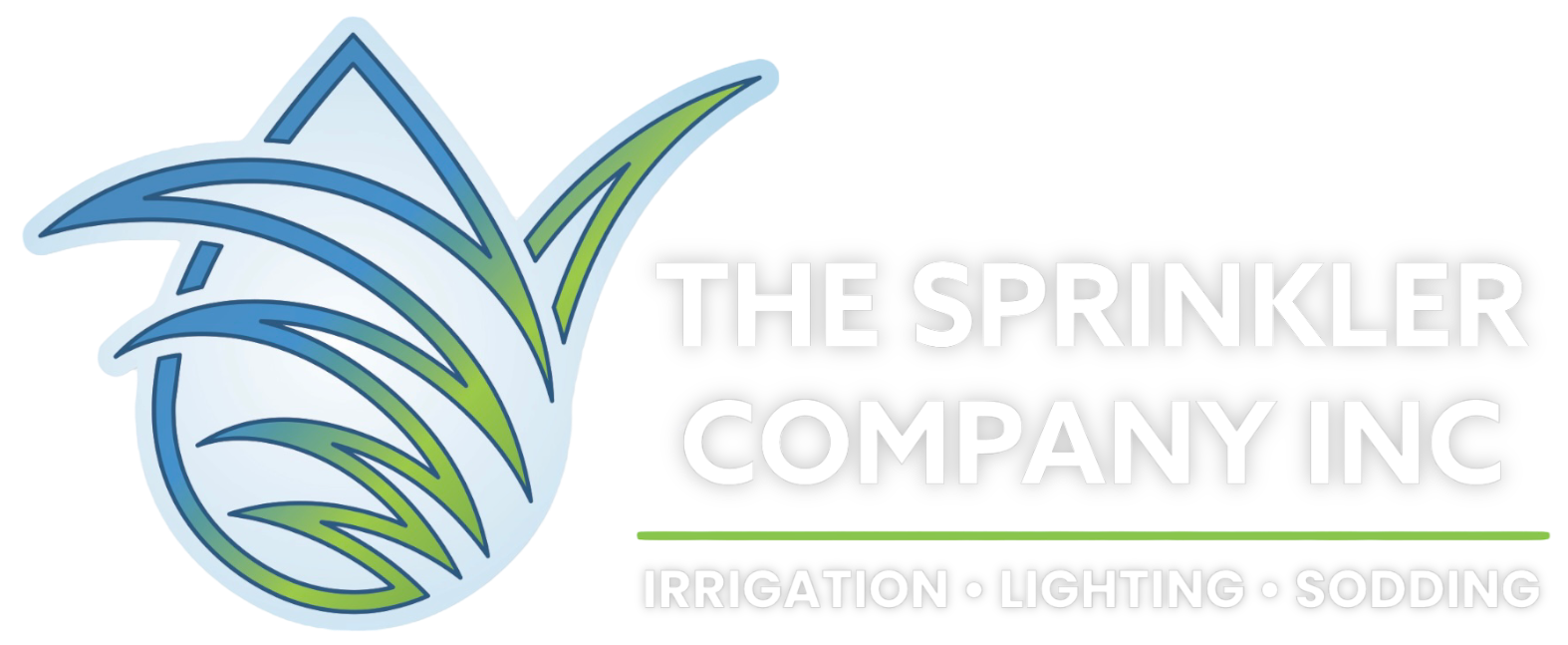Free Quote & Consultation - Weeping Tile Installation
In the realm of home drainage, Weeping Tile Installation stands tall as the unsung hero beneath our feet. Often overlooked and underappreciated, these unassuming perforated pipes play a pivotal role in safeguarding our homes from moisture-related havoc.
Nestled discreetly around the foundation, Weeping Tile Installation silently collects excess groundwater and redirects it away from the structure, preventing water infiltration and potential damage. Their efficient drainage system shields basements from flooding, mold, and costly repairs.
While the name might evoke tears, Weeping Tile Installation inspires relief for homeowners. So, the next time you tread upon solid ground, remember the unseen champion working tirelessly beneath your toes, securing your sanctuary from water’s relentless grasp.
Here’s What You Need to Know
About
Weeping Tile Installation Process

5 Steps of Weeping Tile Installation
The first step in weeping tile installation involves a thorough site assessment. A professional team evaluates the property’s drainage needs, examining the soil, grading, and potential water sources. They also locate the most suitable spot to discharge collected water. Once the assessment is complete, the installation area is excavated and prepared for the next phase.
In this stage, the perforated weeping tiles are carefully placed along the foundation’s footing, forming a network that will collect excess groundwater. These pipes are strategically positioned to ensure maximum efficiency in water drainage. Proper sloping is established to facilitate the flow of water away from the building.
To support the weeping tiles and improve drainage, a layer of coarse gravel is laid over the pipes. This gravel bed acts as a filter, preventing soil particles from clogging the perforations while allowing water to seep into the pipe system freely.
Once the weeping tile and gravel bed are in place, the excavation area is backfilled with soil. The soil is compacted carefully to minimize settlement and ensure the stability of the foundation. Adequate compaction prevents potential damage to the weeping tile system and maintains proper drainage functionality.
The final step involves connecting the weeping tile system to a designated discharge point, such as a storm drain or a sump pump. This connection ensures that the collected water is efficiently diverted away from the property. After the installation is complete, a thorough testing process is conducted to verify the system’s functionality and efficiency.
By following these five crucial steps of weeping tile installation, homeowners can safeguard their properties from water-related issues, ensuring a dry and secure foundation for years to come.
Weeping Tile Installation - Costs and Budgeting Tips


Weeping tile installation is a crucial investment for safeguarding your property from water damage and foundation issues. Understanding the costs involved and effective budgeting can help you make informed decisions.
The weeping tile installation expenses may vary based on factors like the size of your property, labor costs, and materials used. On average, expect to spend between $500 to $5,000, depending on the complexity of the project.
To budget wisely, obtain multiple quotes from reputable contractors, and compare their services and prices. Opt for quality materials that can endure harsh conditions.
Furthermore, consider preventive measures like regular maintenance and proper drainage to maximize the longevity of your weeping tile system. Investing upfront can save you from costly repairs in the future.
Weeping tile installation, also known as a French drain, is a type of drainage system commonly used to manage water accumulation around foundations and basements. Here are five benefits of weeping tile installation and five tips on maintenance to ensure its proper functioning:
Benefits of Weeping Tile
Weeping tile installation helps prevent water from seeping into the foundation and basement areas of a building. It efficiently manages the flow of groundwater away from the structure, reducing the risk of water-related damage, such as mold growth, dampness, or foundation cracks.
The weeping tile system acts as a reliable basement waterproofing solution. By channeling excess water away from the foundation, it reduces hydrostatic pressure, which is the force that can push water into the basement through cracks and joints.
By maintaining a dry foundation, weeping tile installation contributes to the long-term structural integrity of the building. It minimizes the risk of soil settlement, frost heave, and other potential issues that could arise from water saturation.
The weeping tile system helps prevent soil erosion around the foundation. Proper drainage ensures that the soil remains stable and does not wash away due to excessive water accumulation.
Installing a weeping tile system adds value to your property by safeguarding it against water-related damage. Potential buyers are more likely to invest in a property with a properly functioning drainage system, knowing that it can save them from costly repairs in the future.
Maintenance for Weeping Tile
Periodically inspect the weeping tile system to ensure it is free from debris, clogs, or damages. Regular inspections can help identify any issues early on and prevent them from escalating into more significant problems.
Make sure your gutters and downspouts are clean and effectively directing rainwater away from the foundation. Clogged gutters can lead to water overflow, which might increase the load on the weeping tile system.
Ensure that the ground around your home is properly graded away from the foundation. Proper landscaping can aid in diverting water away from the building, reducing the burden on the weeping tile system.
Check the outlets and drains of the weeping tile system to prevent blockages. Clear away any debris or obstructions to maintain smooth water flow.
Consider hiring a professional for regular maintenance and inspection of the weeping tile system. They can identify potential problems, perform necessary repairs, and ensure the system functions optimally.
